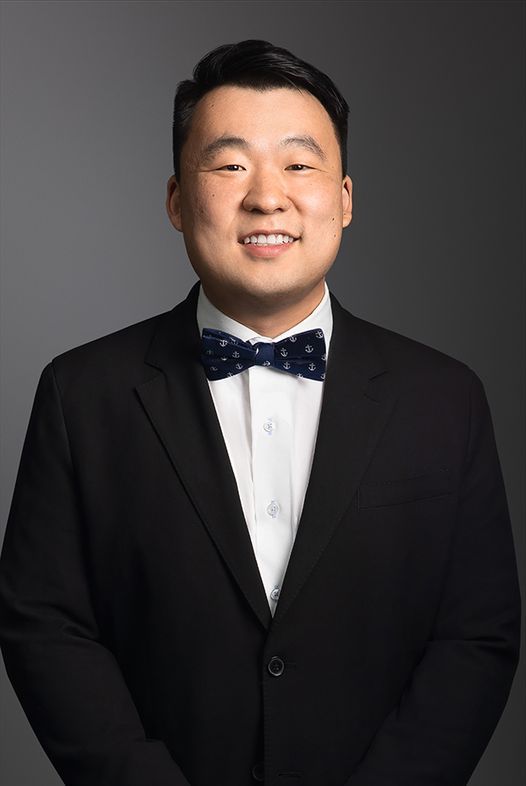How To Determine Whether “Common Sense” Could Supply a Missing Limitation? Ask a Reasonable Juror
May 2, 2024, 9:43 AM
As previously reported, the appeal in Fullview v. Polycom, No. 23-1201, involved the question of whether common sense may be relied upon to supply a missing limitation in an obviousness analysis. On Monday, April 29, 2024, the Federal Circuit issued a non-precedential opinion reversing the grant of summary judgment of non-obviousness and affirming the denial of summary judgment of obviousness.
The patent claims at issue are directed to a panoramic viewing apparatus with cameras, a pyramid-shaped element, and a supporting member connecting the two. The parties agreed that the asserted prior art reference disclosed all of the claimed components apart from a contiguous support member “intersecting” the pyramid-shaped element.
In reversing the grant of summary judgment of non-obviousness, the Federal Circuit determined that there were genuine disputes of material fact as to whether the “intersecting” limitation would have been obvious as a matter of common sense: “[T]he district court erred in failing to acknowledge Polycom’s expert testimony … that a contiguous support member would be within the common sense of a skilled artisan as the ‘most mechanically simple construction’ … with detailed reasoning based in part on prior art teachings.” Noting that “the mere absence of a claimed structure in a prior art reference is not a teaching away,” the majority held that “[a] reasonable juror could conclude that [the prior art reference’s] disclosure leaves open the possibility that a configuration with such a contiguous support member-- a configuration Fullview does not dispute would result in the ‘intersecting’ limitation -- could be one of a finite number of identified, predictable solutions” to a design need.
The Federal Circuit also disagreed with the district court’s finding that by not identifying any known design need or problem, Polycom failed to show that the “intersection” limitation was obvious to try. In view of the configuration taught in the prior art and Polycom’s expert testimony, “a reasonable juror could conclude that a design need or problem existed for a [contiguous] support structure,” representing “a finite number of identified, predictable solutions for achieving these goals.”
A reasonable juror could conclude … that a contiguous support structure would have been within the common sense of a skilled artisan as a straightforward and simply way of achieving the goals …. For these reasons, the evidence of record creates genuine disputes of material fact as to whether the ‘intersecting’ limitation would have been obvious.

To subscribe to our publications, click here.
News & Insights
News & Insights
GCR Live: Law Leaders Global 2025
Speaking Engagement
Antitrust
Evidence for Trial Lawyers: Motions, Introducing Evidence, and Objections
Speaking Engagement
Intellectual Property
Capitol Forum Health Care Competition Conference 2024
Speaking Engagement
Antitrust
Ethical Considerations for Cybersecurity, IP Transactions and Avoiding USPTO Sanctions (EIP241212)
Speaking Engagement
Intellectual Property
NYC Bar Trade Secrets Symposium 2024: Navigating the Law of Trade Secrets and Restrictive Covenants
Speaking Engagement
Intellectual Property
25th Annual Berkeley-Stanford Advanced Patent Law Institute
Speaking Engagement
Intellectual Property
Canadian Bar Association’s Define “Restore”: Canada’s New Remedies Standard for Mergers
Speaking Engagement
Antitrust
Stakeholders 24th Annual CYOC Career Development Conference
Sponsorship
IAM Connect Patent Policy and Litigation Conference 2024
Speaking Engagement
Intellectual Property
CompLaw 33rd Annual Advanced EU Brussels Conference
Speaking Engagement
Antitrust


